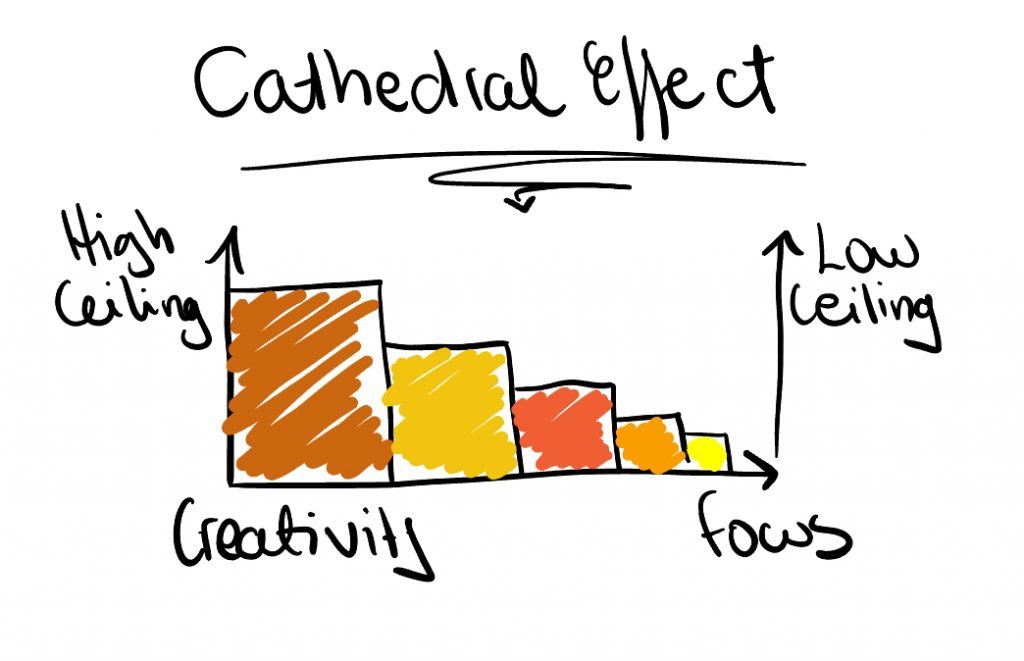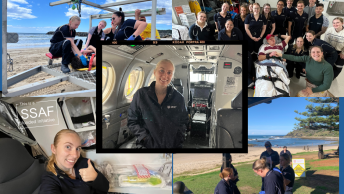Written by Ana Elefterescu
Today, we embark on a quest to hack the very fabric of student life: achieving the mythical “productive day”.
Each tip below can take you a step closer to the land where discipline and productivity actually exist.
Rise and shine… Literally
Turns out basking in the morning sun for 5-10 minutes can turn a night owl into an early bird by resetting your internal clock.
Getting sunlight directly in your eyes within 30-60 minutes of waking up signals your brain to boost alertness during the day and welcomes sleepiness at night by spiking your cortisol levels at the right time.
So, when elevated first thing in the morning, cortisol enhances your immune system, metabolism, and your brains ability to focus and mobilise your body, priming you for the day.

Caffeine: Delay the Gratification
Postpone your caffeine fix for 90-120 minutes after you wake up to keep the afternoon slumps at bay.
Why play hard to get with your cuppa?
Adenosine, your body’s sleep signal, builds up all day, but your morning cortisol surge is nature’s wake-up call.
Let it peak naturally.
Then, when you finally indulge in coffee, it amplifies your alertness just as your body starts to crave a boost.

Time blocking and ultradian Rhythms: Interval training for the brain
Work, break, repeat – every 90 minutes.
Blocking your study sessions into 90-minute intervals of focused work can maximise productivity.
Most people can manage 2-3 of these intense bouts before needing a more extended break. Interestingly, we tend to be more creative in the morning and more analytical as the day progresses.

NSDR: The art of power lounging
NSDR, short for Non-Sleep Deep Rest, is a bit like hitting ‘refresh’ on your browser, but for your brain. It involves a guided process, usually lasting between 10-30 minutes, where you lie down comfortably and are led through a series of relaxation cues.
During the session, you are guided to focus on your breath and notice sensations in different parts of your body.
This restful practice helps to reboot your energy levels and is especially handy during breaks between demanding study sessions.
It supports memory consolidation and learning efficiency without the need for actual sleep.
Click here for a guided session.
The cathedral effect: The architecture of focus
Step into your study sanctuary and let the architecture shape your mind. Your workspace isn’t just a backdrop; it’s a cognitive construct.
The heights of ceilings and the angle of your gaze are the silent puppeteers of focus. Looking down can make you sleepy, so elevate your gaze.
Work with your book or screen at eye level to unlock peak alertness. Narrow your visual field with a hoodie or a cap to reach maximum concentration. But this isn’t just about posture; it’s also about positioning your thoughts.

High ceilings invite grand, creative ideas, while the cosy embrace of a low ceiling nudges your brain towards more detailed and analytical work.
Over time, these practices will become as natural as breathing, each one a thread in a tapestry of a well-orchestrated day.
With a sprinkle of patience and a dash of science, the elusive art of productivity may just become your new reality.










